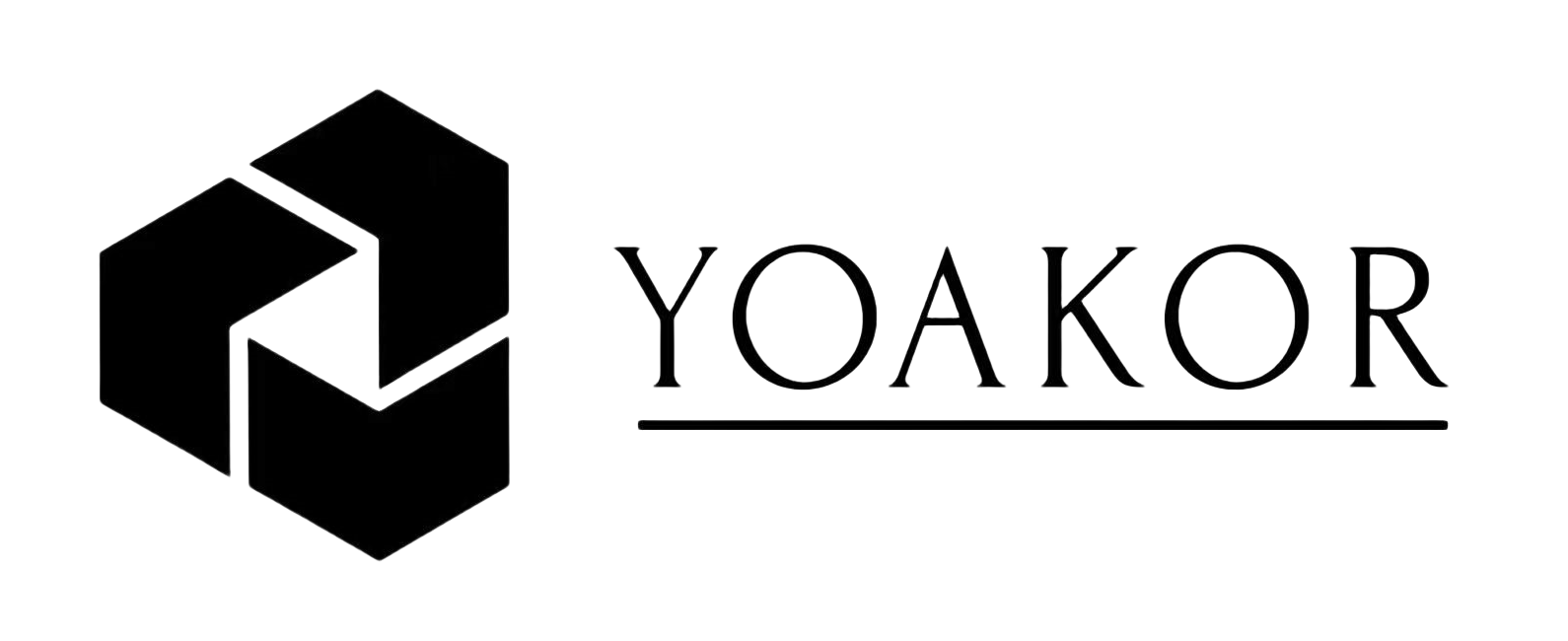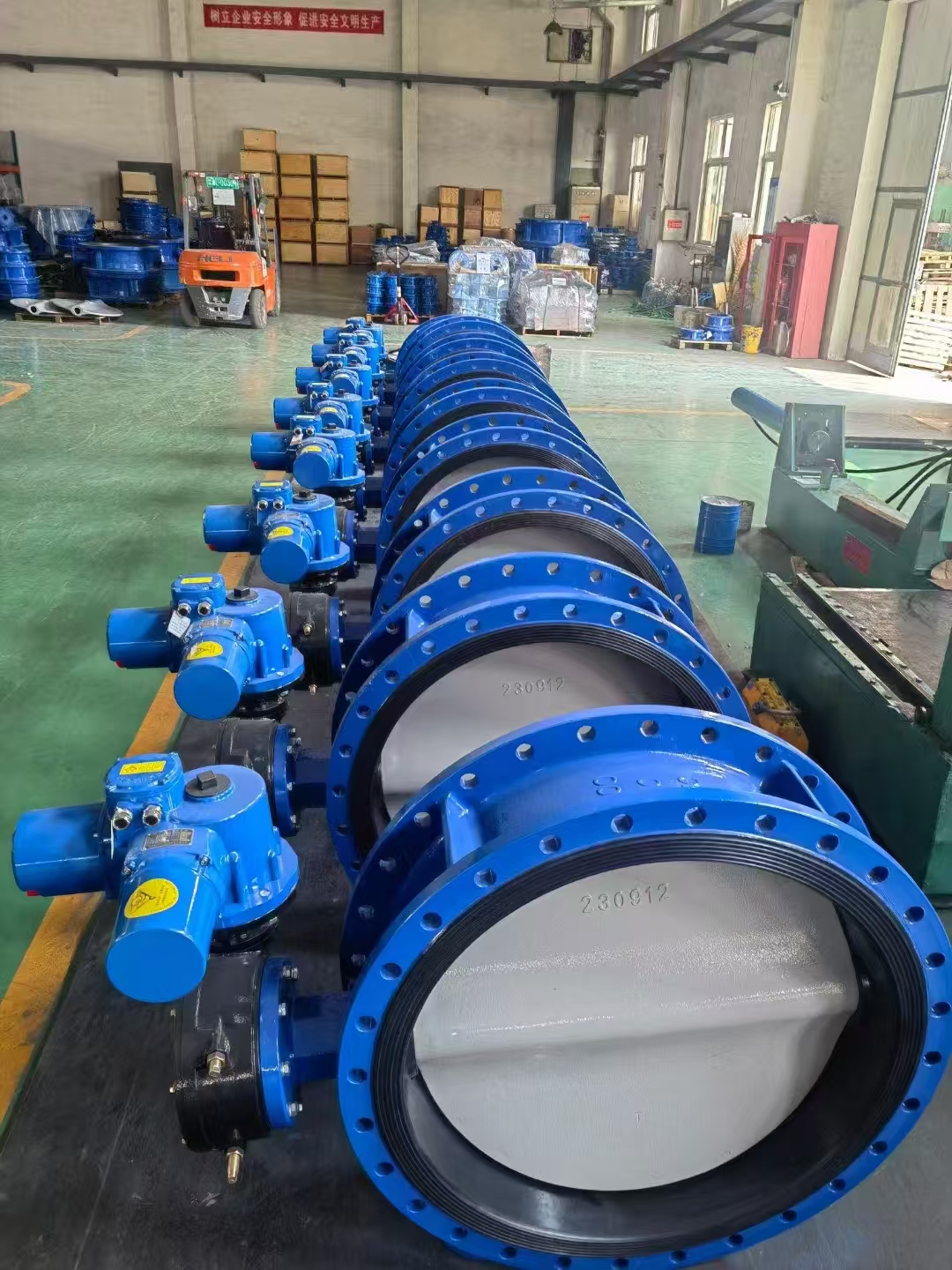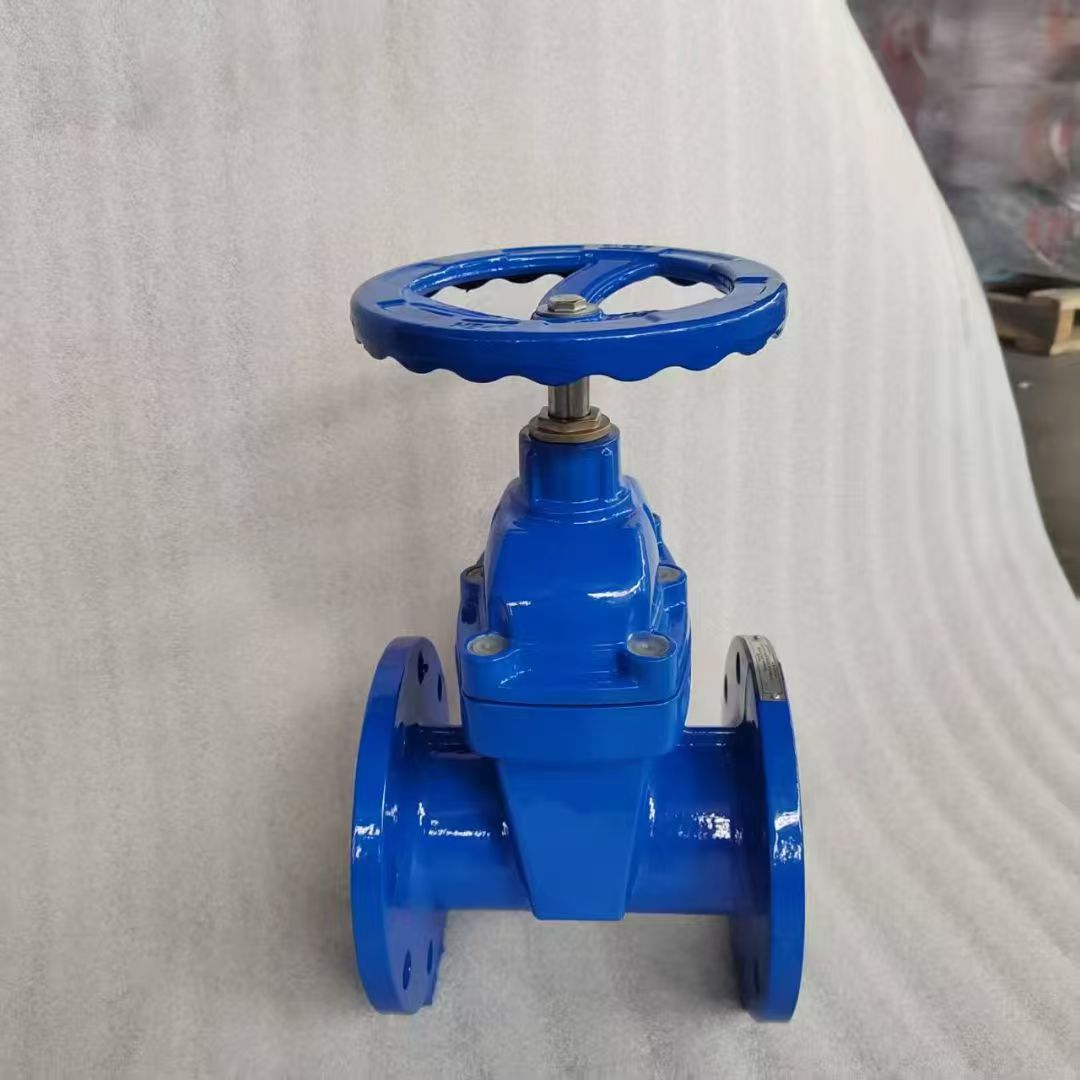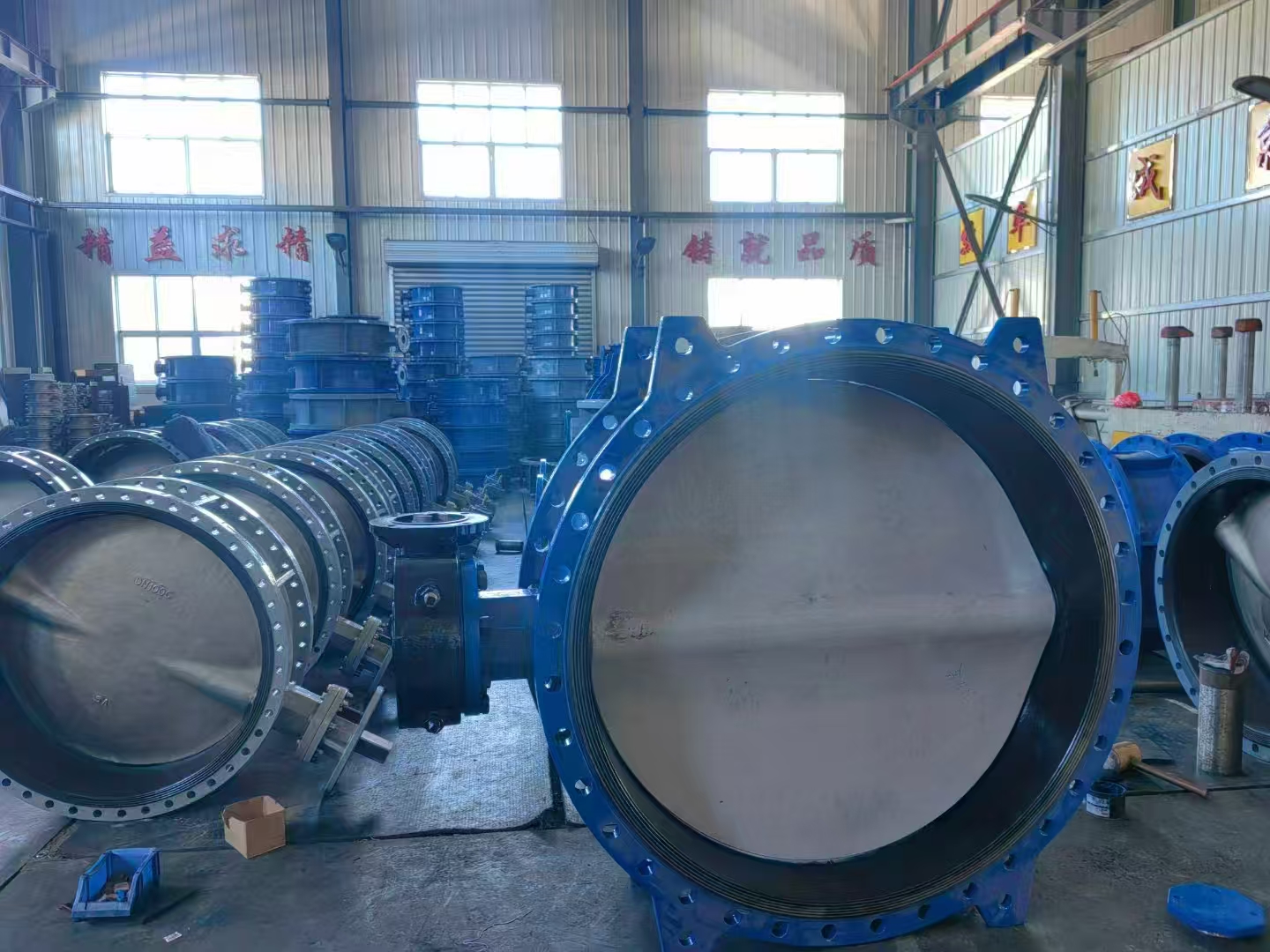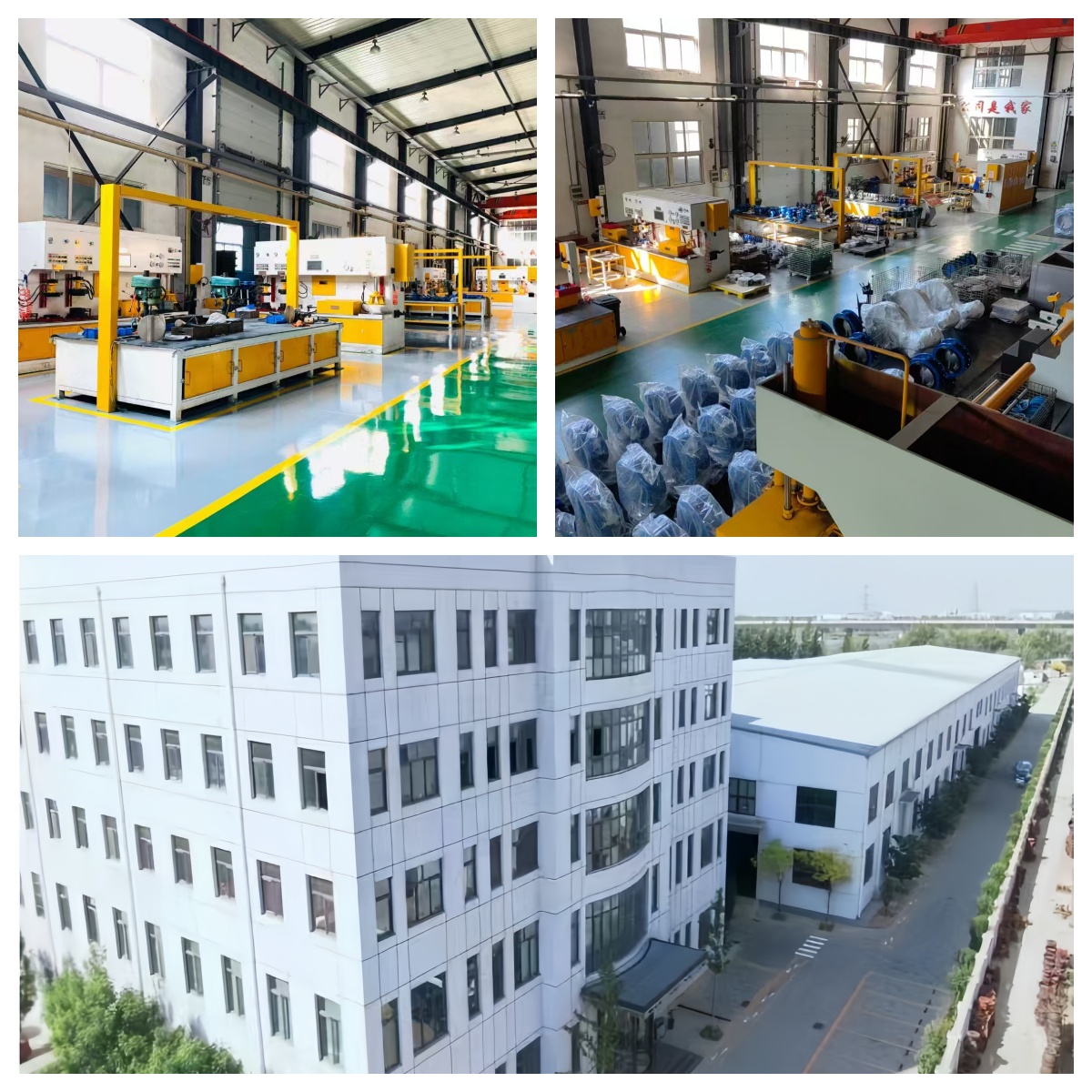1. High temperature/high pressure medium
Steam (>200℃)
A. Low pressure steam: carbon steel (WCB), 304 stainless steel
B. High pressure steam (>10 MPa): chrome-molybdenum steel (WC6, WC9), stainless steel CF8M (316)
C. Supercritical steam (>600℃): Inconel 625, silicon carbide ceramic (SiC)
High temperature gas (such as flue gas)
Material: 310S stainless steel, Incoloy 800H, silicon carbide ceramic
- Note: Sulfur-containing flue gas requires sulfide corrosion-resistant materials (such as high nickel alloy).
2. Oil medium
Crude oil/lubricating oil Material: carbon steel (WCB), 316 stainless steel, monel alloy
- Note: Sulfur-containing crude oil requires sulfur-resistant materials (such as Monel or duplex stainless steel).
Fuel oil/gasoline Material: cast steel, 316 stainless steel, fluororubber lined valve
- Note: Avoid copper alloys (may catalyze oxidation).
3. Strong oxidizing media
Chlorine (Cl₂, dry/wet)
A. Dry chlorine: carbon steel, 304 stainless steel (strictly anhydrous)
B. Wet chlorine: titanium alloy, Hastelloy C-276, PTFE lined valve - Note: Wet Cl₂ is extremely corrosive to stainless steel.
Oxygen (O₂) Material: stainless steel 316L (needs degreasing), copper alloy (anti-spark)
- Note: Oil-free design to avoid high flow rate causing explosion.
4. Slurry/abrasive media
Mineral slurry/mud Material: tungsten carbide (WC) coated valve body, silicon nitride ceramic (Si₃N₄), duplex stainless steel
- Note: The valve core can be made of ceramic or hard alloy to improve wear resistance.
Liquid containing particles Material: rubber lining (such as natural rubber), ultra-high molecular weight polyethylene (UHMWPE)
- Note: particle size and hardness affect material selection.
5. Cryogenic media (such as LNG, liquid nitrogen) Materials: Austenitic stainless steel (304L, 316L), aluminum alloy (5083), 9% nickel steel
- Note: Avoid carbon steel (low temperature brittleness), and the sealing material must be resistant to low temperatures (such as PTFE).
6. Food/medical grade media materials: 316L stainless steel (electrolytic polishing), PTFE lining, sanitary ceramics
- Note: The surface roughness must meet FDA standards, and there is no dead angle design.
7. Special media
Hydrofluoric acid (HF) Materials: Monel alloy (Monel 400), platinum lining, tungsten carbide
- Note: Glass and ceramics (react with HF) are prohibited.
Molten metal (such as aluminum liquid) Materials: Silicon carbide ceramics, molybdenum alloy (Mo-50Re)
- Note: Anti-oxidation coating is required to avoid high temperature oxidation.
8. Summary of material selection principles.
Corrosiveness: Preferentially select materials that are chemically inert to the medium (such as Hastelloy to strong acid).
Temperature/pressure: For high temperature and high pressure, choose high-strength alloys or ceramics, and for low temperature, choose austenitic stainless steel.
Wear resistance: For slurry media, choose ceramics or cemented carbide coatings.
Economy: For non-corrosive environments, carbon steel or cast iron can be used to reduce costs.
Process requirements: For precision working conditions, processing performance must be considered (such as the difficulty of titanium alloy welding).
